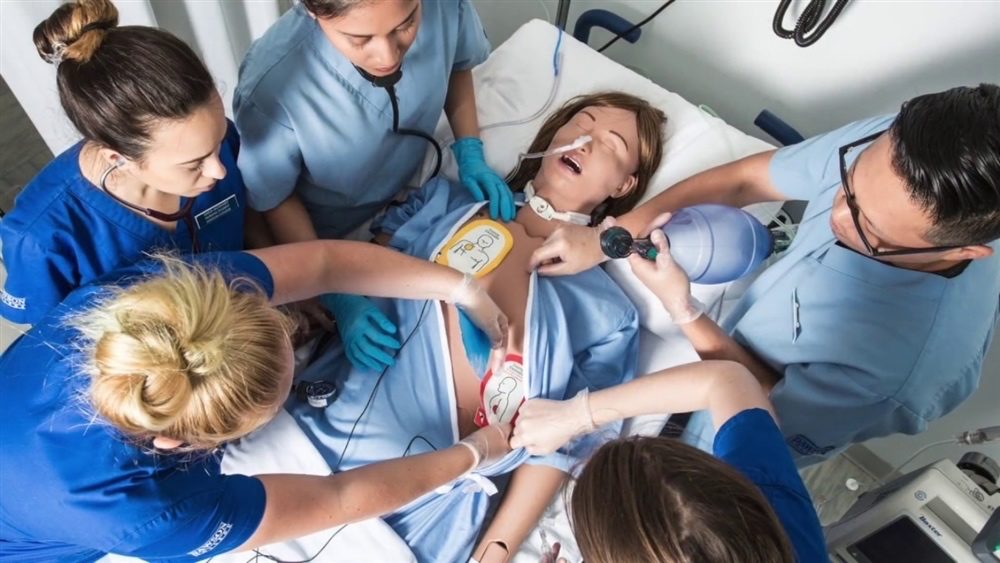
The role of simulation in medical training: a look at simulated medications
Simulation in medical training is an invaluable tool that bridges the gap between classroom learning and real-world clinical experience. Among the various types of simulation tools, simulated medications stand out for their critical role in training healthcare professionals in safe medication administration practices. This blog post delves into how simulated medications are used in medical training, the benefits they offer, and the advancements that are shaping this educational approach.
What are simulated medications?
Simulated medications are realistic, non-active replicas of actual drugs used in medical training to teach pharmacy and nursing students, as well as other healthcare professionals, how to properly administer medications. These replicas mimic the physical appearance, packaging, and labeling of real medications but contain no active pharmaceutical ingredients. This allows learners to practice medication administration in a controlled, risk-free environment.
The importance of simulated medications in medical training
Simulated medications play a crucial role in medical education for several reasons:
Risk reduction: by practicing with simulated medications, trainees can make mistakes without the risk of harming actual patients, which significantly reduces the potential for errors in real-life scenarios.
Skill enhancement: trainees can refine their skills in dosing calculations, drug recognition, and administration techniques without the pressure and consequences of a clinical setting.
Confidence building: repeated practice with simulated medications builds confidence in handling real medications, which is essential for effective and safe patient care.
Advanced applications of simulated medications
The use of simulated medications extends beyond basic training scenarios:
Emergency response training: simulated medications are used in training scenarios that simulate emergency situations, where quick thinking and accurate medication administration are critical.
Complex clinical simulations: these involve scenarios that mimic specific medical conditions requiring medication as part of the treatment plan. Trainees can practice the implications of drug interactions and side effects in a controlled setting.
Technological enhancements in simulated medications
Recent advancements in technology have significantly enhanced the realism and educational value of simulated medications. For example:
Barcoding and scanning: simulated medications now often include barcodes that can be scanned during the training process. This teaches students how to use electronic medical records and scanning devices, which are standard in many healthcare facilities.
Feedback mechanisms: some simulated medications are designed to provide immediate feedback through electronic systems. If a mistake is made in drug administration, the system alerts the trainee, providing instant corrective guidance.
The impact of simulation on medical training outcomes
Studies have shown that simulation training, including the use of simulated medications, improves the competence of healthcare professionals. According to research published in the journal of clinical simulation in nursing, simulation-based training in medication administration significantly enhances the accuracy and safety of drug delivery by nursing students.
Conclusion
The role of simulated medications in medical training is a testament to the ongoing evolution of educational methods in healthcare. By providing a safe, realistic environment for learning and practice, simulated medications enhance the competence and confidence of future healthcare providers. This not only prepares them better for real-world challenges but also contributes significantly to the overall safety and quality of patient care. As technology continues to advance, the integration of more sophisticated simulation tools in medical training is expected to grow, further enhancing the effectiveness of this crucial educational approach.
















